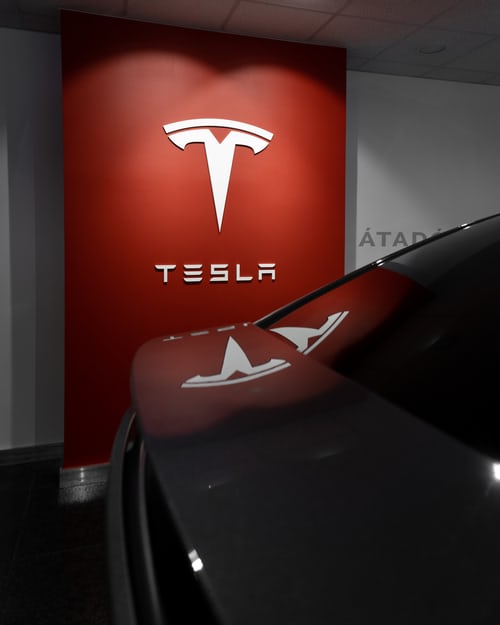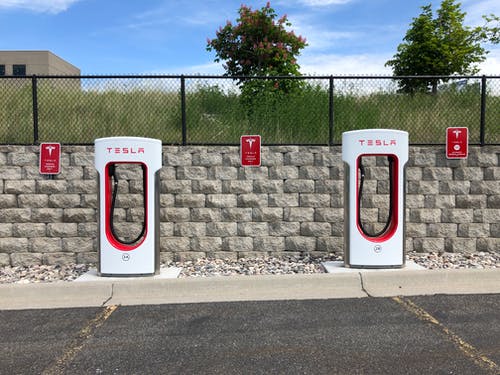More consumers are installing emergency power supplies and grid-based or truly independent solar systems. It can supply energy either from traditional electrical grids or solar cells and can store up to 14 kilowatt-hours (kWh) of electricity, which is adequate to meet around half of the amount of daily household power needs.
Since power failures have become common, interest in the Tesla Powerwall has increased. There is indeed a lot of doubt about this energy storage approach, however. Homeowners should read on to find out how Powerwall operates to get information and feedback before they choose whether to do so.

Energy Storage with or Without Solar Energy
The Powerwall can be configured either as part of a grid-connected solar system or as a standalone product that draws power from a traditional power grid. It is an enclosed system consisting of a battery system, an inverter, a connection point and an integrated liquid cooling system, which eliminates the need for added extras and streamlines the power storage system.
Solar Powered
When the Powerwall is connected to a grid-bound solar system, it is powered by the sun. Throughout the day, the energy provided by a full-size solar panel passes the needs of the occupants. Powerwall stores surplus electricity for use at night whenever the sun no longer provides light. The next day, as the sun comes out, the Powerwall starts charging again to generate electricity for the home from clean, renewable energy.
Most Australians are switching to renewable solar energy. A tesla battery Australia has quite a strong solar irradiance so this makes sense.
How It Works Without Solar
Powerwall charges during the day because energy prices appear to be lower in places that provide time-of-use power tariff plans. It retains the power before the rates increase, usually at night, at which stage the home turns to battery power. This helps consumers save cash on their monthly power bills while at the same time taking full advantage of a standby power system that senses power outages and automatically switches power over to the Powerwall as the home’s main power supply.
How Power Is Stored and Discharged
Powerwall comprises a collection of lithium-ion batteries, known for their durability and capacity to store and discharge vast quantities of power safely. Each battery has several cells and each cell has 3 parts: a negative electrode, a positive electrode, and electrodes made of lithium-cobalt oxide or a lithium-iron phosphate combination. Battery packs also have built-in electronic controllers for charging / discharging.

When the battery is charged, lithium ions move through the electrolyte from a positive terminal to negative electrodes. When they’re finished, no more ions can pass through the electrolyte. As the battery is discharged, the ions travel back from the negative to the positive terminal, producing power until all of them have passed back and the battery is completely discharged.
The easiest way to find out how much electricity the home will need to run is to contact a solar company that can conduct an energy analysis. Energy audits recognize which devices and appliances in the house need power and which of them are deemed necessary during a power failure. The very same solar contractor can also offer suggestions on suitable solar panel systems for consumers who want full alternative energy.